The estimate of Amur leopards in the wild has increased from around 35 in 2007 to around 100 in 2019, showing that conservation works.
The Amur leopard is a nocturnal animal. It lives and hunts alone, predominantly in the forests of Russia and China.
Sadly, the Amur leopard has been hunted mercilessly. Not only that, but its habitats have slowly been destroyed by forest fires, unsustainable logging, farming, industrial development, and road building.
The good news is that this increase in Amur leopard numbers between 2007-19 shows that conservation can help protect this species. Here at WWF, we were able to survey more areas than ever before and used camera traps to determine population changes.
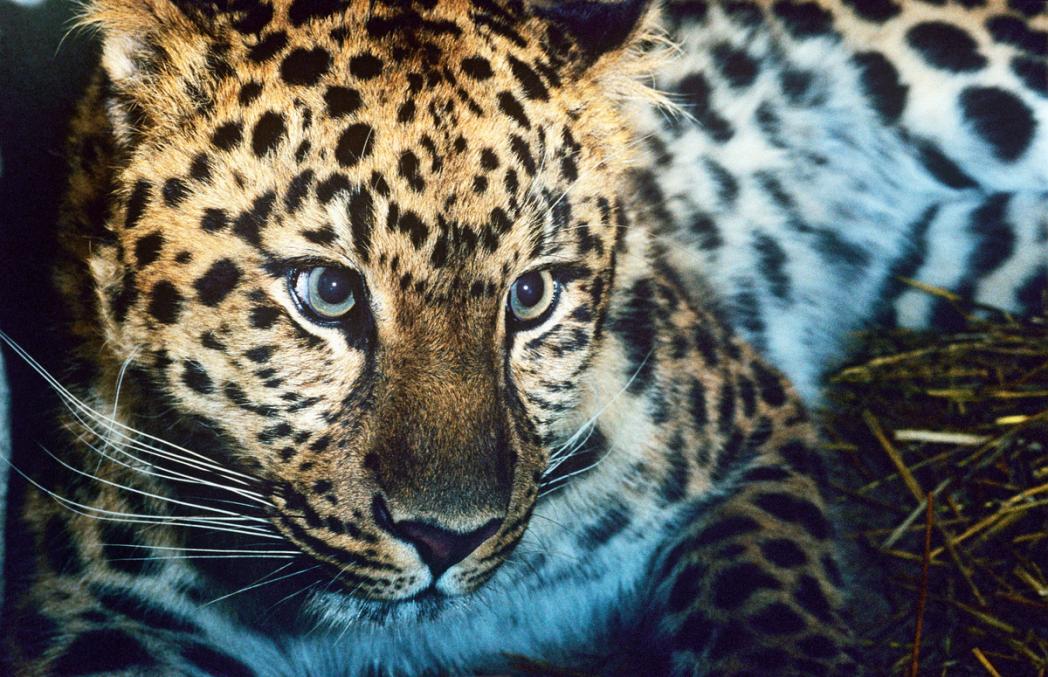
We also supported the creation of anti-poaching groups, a visitors’ centre and education programmes, as well as an enlarged protected area for Amur leopards.
This increase in the number of Amur leopards in the wild gives us hope that this elusive cat can be brought back from near extinction.

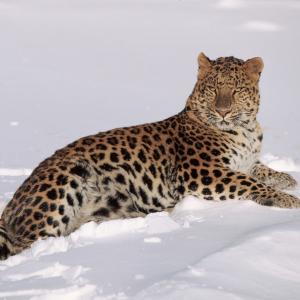 Amur leopard: the world's rarest cat?
Amur leopard: the world's rarest cat?
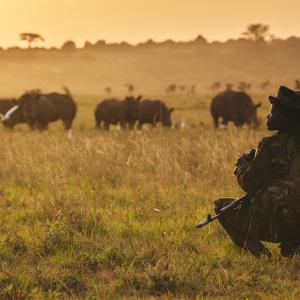 Why we need to protect the wildlife
Why we need to protect the wildlife
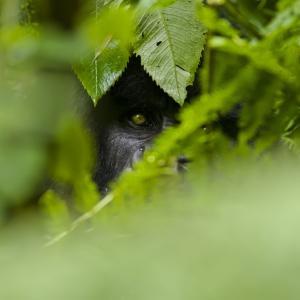 10 of the world's most endangered animals
10 of the world's most endangered animals
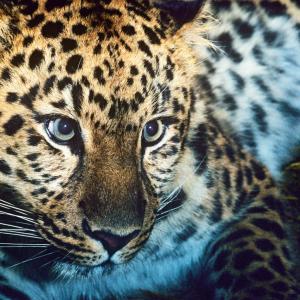 Top 10 facts about Amur Leopards
Top 10 facts about Amur Leopards